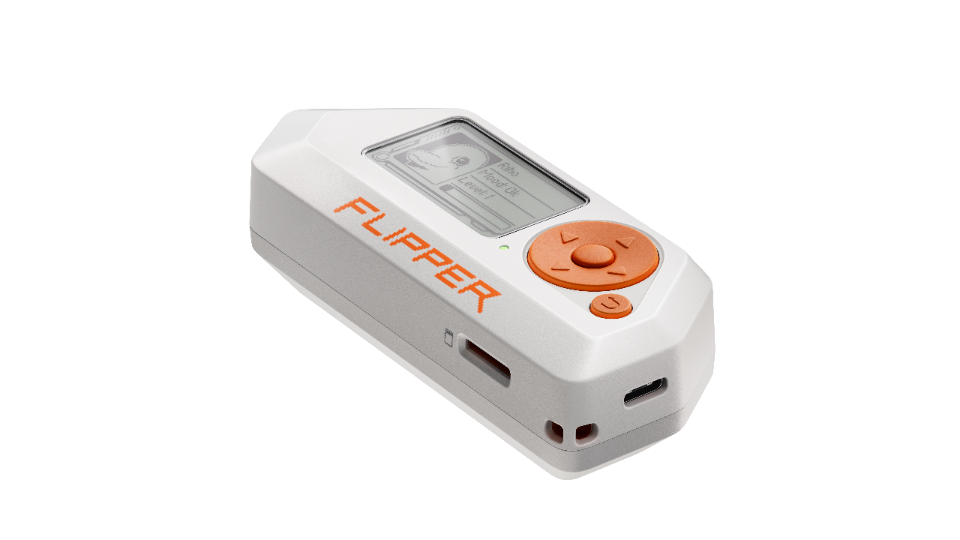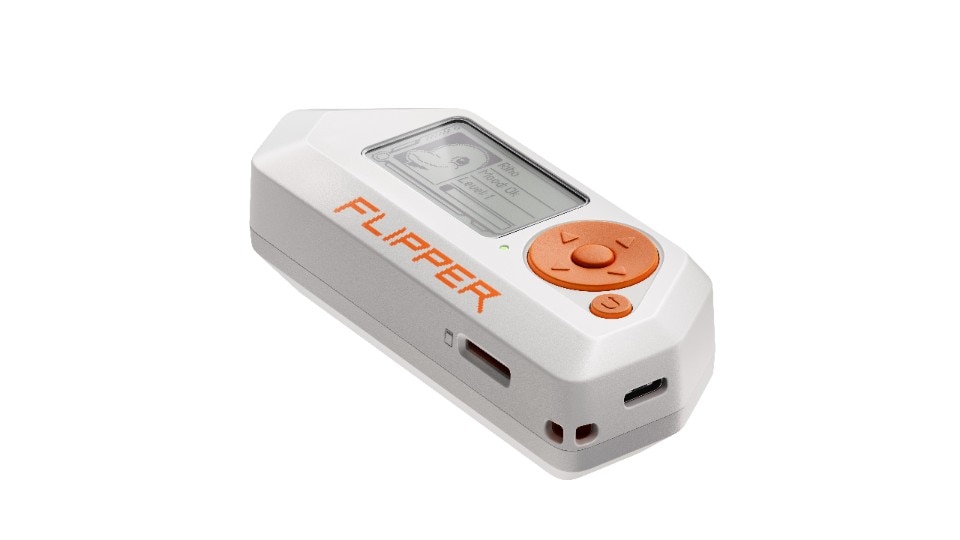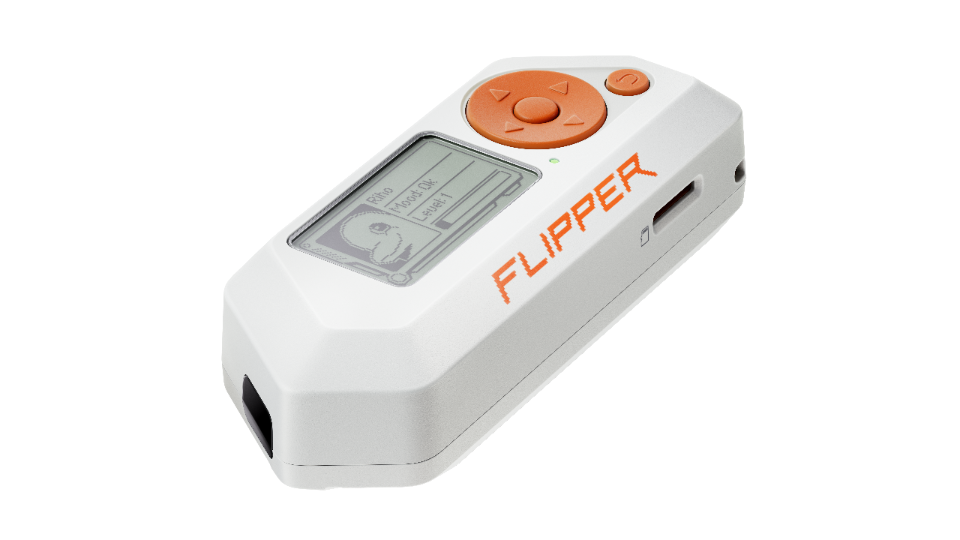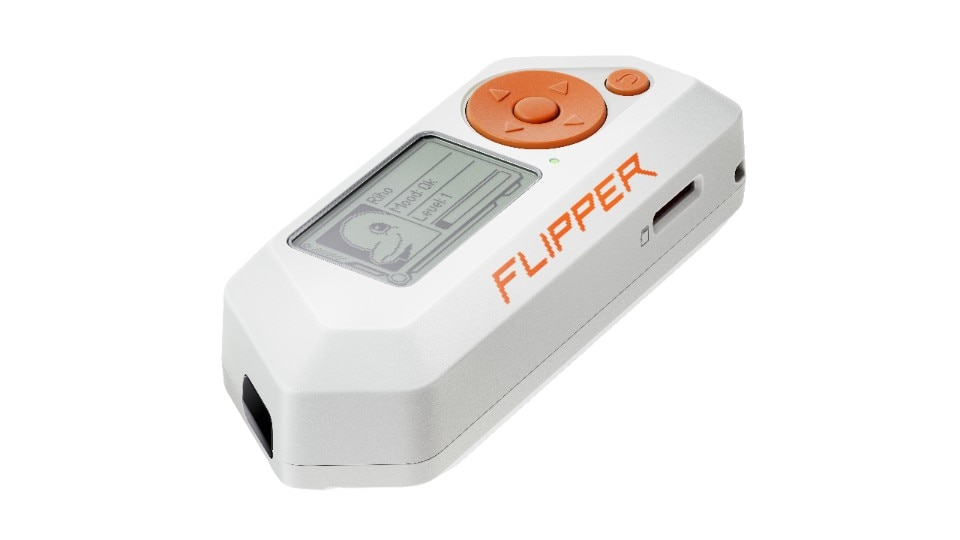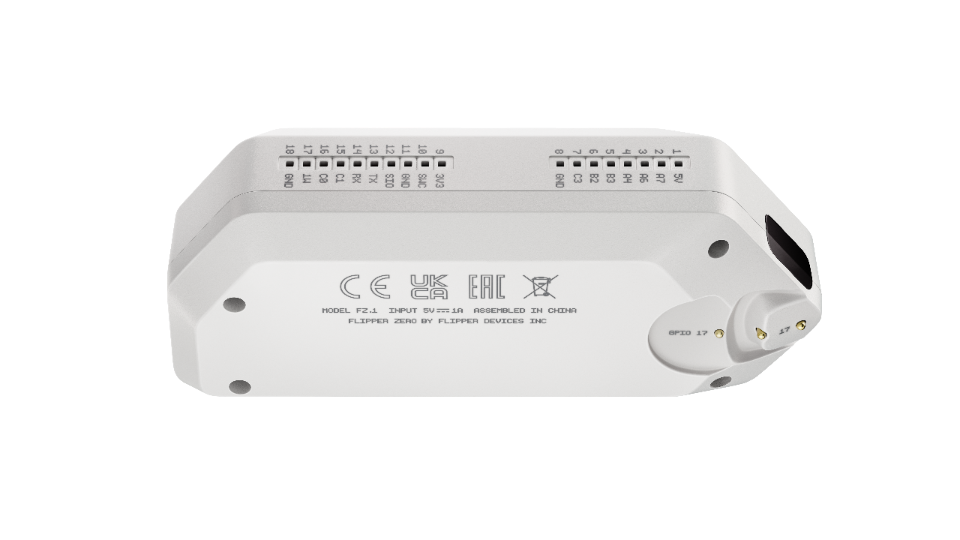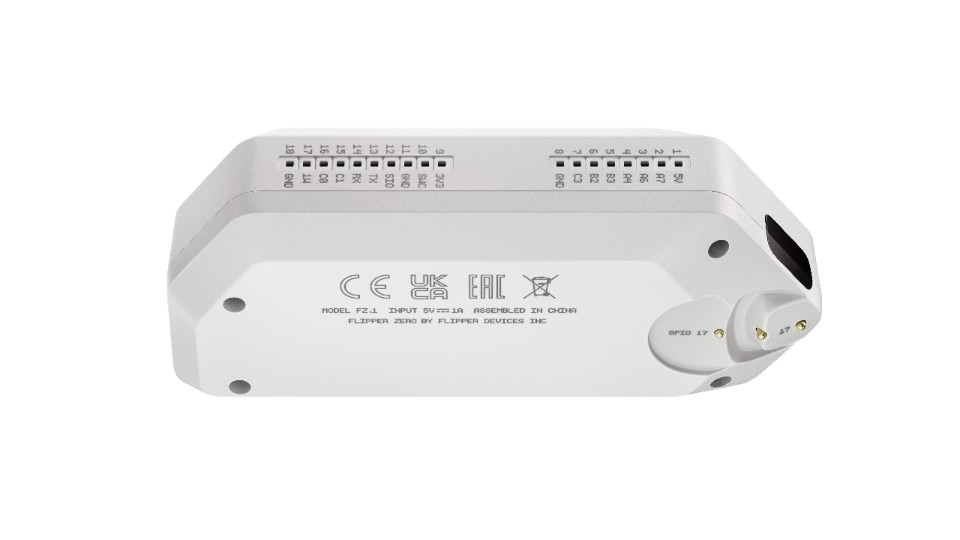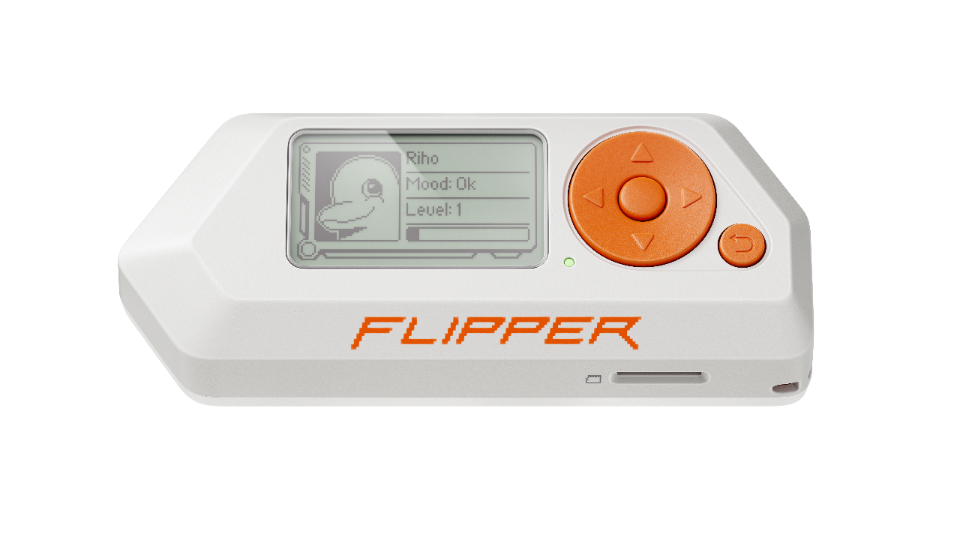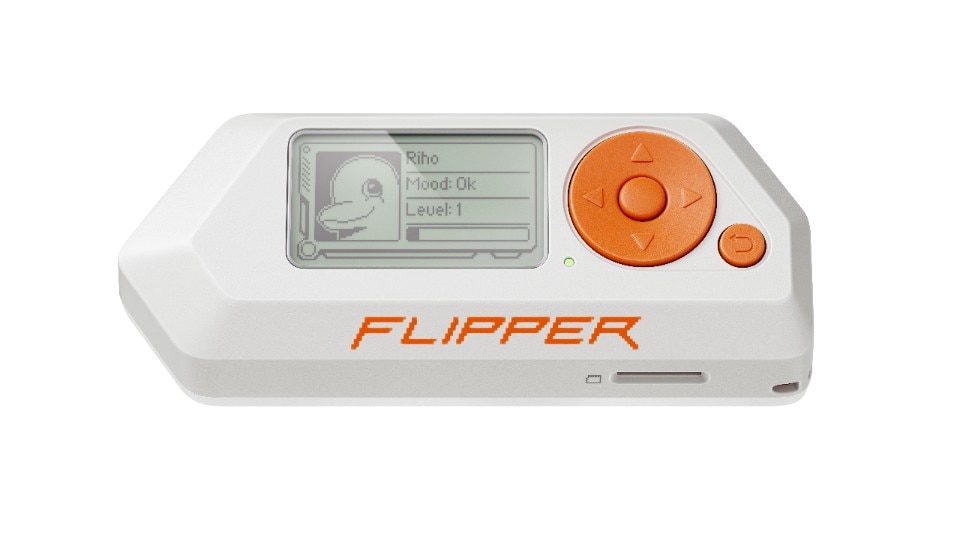You’ve seen it on TikTok, a friendly dolphin unlocking Tesla doors, changing prices on gas station billboards, turning off in an instant all the TVs in a mall, not to mention when a kid from Wisconsin managed to force the rebook of his school iPhone. For all other usages, you can find thousands of other stories (and tutorials) in the discussion rooms on Reddit. The Flipper Zero is “a Swiss Army knife of antennas,” as The Verge put it. On its Kickstarter launching page (which collected around $5 million in just 30 days), it’s defined as “a portable multi-tool for pentesters and hardware geeks in a toy-like body.”
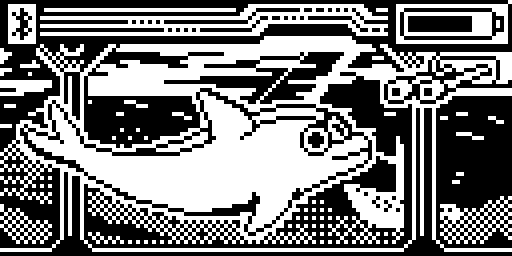
Capable of connecting through infrared, Bluetooth, NFC, and RFID, Flipper Zero has an antenna for Sub-1Ghz communication (such as those used by Tesla cars) and a series of small GPIO ports, allowing it to access a variety of systems, collect data, and turn off devices. Amazon took it off its marketplace, and Apple had to add a patch in its iOS 17.2 update to protect iPhones against a vulnerability exploited by Flipper Zero. At a fist glance, it looks like a harmless device, it kind of looks like a toy with a y2k aesthetic, a strange version of a Tamagotchi, slightly bigger than a Swiss Army knife, with orange buttons and a small backlit screen in a warm orange hue, where the star is, indeed, a dolphin.
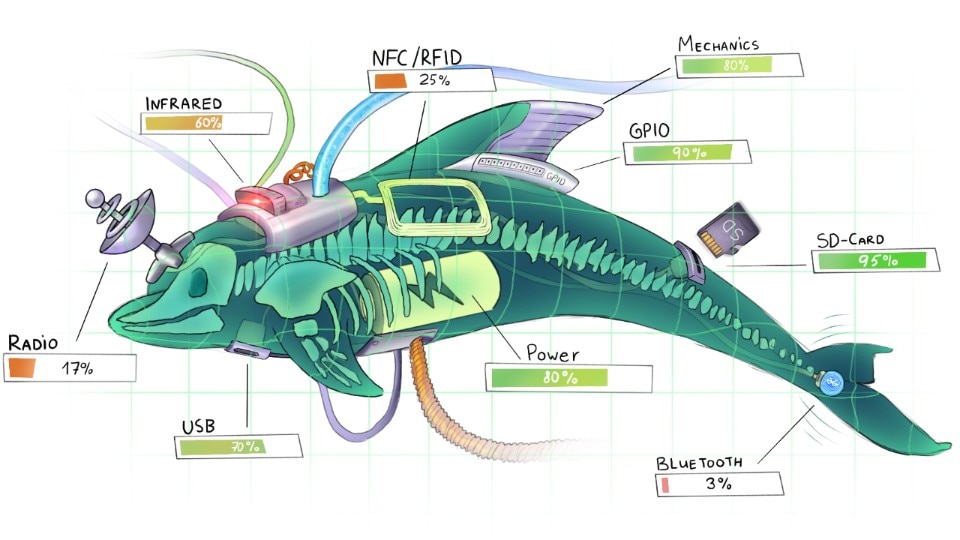
“We conceived it as an educational tool to test the vulnerability of the technology we use every day,” Valeria Aquamine, art director of Flipper Zero, explains connecting from Serbia.
An educational device that has become a cult in the hacking world, and that pays homage to the hacker and cyberpunk culture in its shape, interface, colors, and graphic choices. Because the idea of connecting to any devices withing a short distance to travel to a world of data seems to come out of an early William Gibson novel, the ones from the 1980s and The Sprawl Trilogy. And in Flipper Zero, the tributes to that kind imagery and those years are many. Starting from the concept of “Flipper,” which follows the character of Jones, the cyberdolphin used by the army in the famous short story Johnny Mnemonic by William Gibson published in 1981 and adapted into a movie starring Keanu Reeves in 1995.
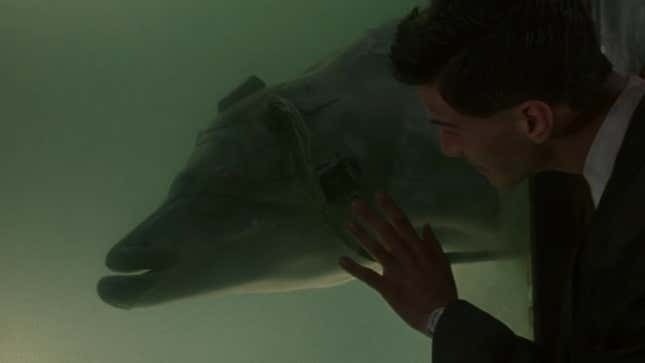
While Jones is a tragic character, a drugged animal enslaved by the navy, Aquamine explains that the iconic dolphin of Flipper Zero “was meant to be playful.” Therefore, the super cute character has no addictions and a Tamagotchi-like feel as it walks the user through a series of delightful illustrations (in a Pokémon evolution-style). The aesthetic references that influence the visual identity project of the device are many and fully reflect Aquamine’s taste, hovering between 1990s influences and y2k allusions, which means a lot of cyber sci-fi (Matrix) and pre-cyber genre (P.K. Dick’s books), anime like Ghost I the Shell and Akira, pixel art, and Japanese culture, which can be found in some of the hand-drawn fonts used in the device and all over the beautiful packaging that comes with the “Swiss Army knife of antennas” and its (orange, obviously) silicon cover. “We wanted it to be an explicitly multicultural device,” explains Aquamine.

Among other references, the art director mentions Pwnagotchi, an unappreciated Tamagotchi-inspired device used to access Wi-Fi networks, and the Siemens C55, an early 2000s phone with a dual color screen and a series of incredibly advanced characteristics for the time. Its back light was orange, just like the theme color in Flipper Zero.
We conceived it as an educational tool to test the vulnerability of the technology we use every day.
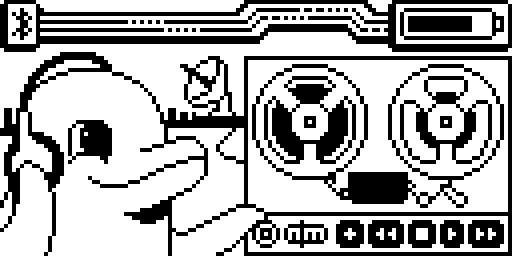
“Orange is a warm color,” Roman Galeev, Product designer of Flipper Zero, tells Domus, explaining various steps in the device's design, from referencing the class-A surfaces used in car design to studying those features that characterize a device “for geeks,” which the small screen is an example of. The result is certainly something that stands out from today’s mainstream tech design, which has become increasingly lighter and impersonal, matching with the many little things we liked and showed up on our Instagram feed in the past years, vintage trinkets or new products, colorful and complex devices such as Playdate, and other Teenage Engineering designs and interpretations of the y2k aesthetics that Millennials love, like the first generations of the Motorola Razr smartfold, before its lines were trivialized to end up looking like a Samsung Flip.

Flipper Zero is the result of the hard work of a team of about 50 people. It is still just a little more than a puppy, maybe a teenager, and it’s already evolving. And it does so with a completely transparent version. Galeev and Aquamine explain that it’s crucial for the device’s future, and above all, it’s a paradigm shift, to transform a device that has been talked about so much, maybe too much, into something different: “this is not just a device, it’s a platform.” An open-source platform. The dolphin can be fed with different apps that broaden its range of utility quite a bit: some are connected to the hacking world, but others are productivity tools (Pomodoro), games, text readers, a light meter, and a metronome, and so on. In other words, the dolphin wants to swim strong and free: it is the community that will make the difference and decide its success.
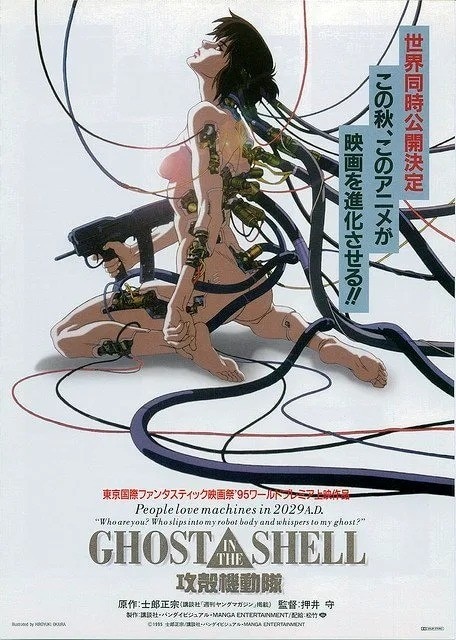


.png.foto.rbig.png)

